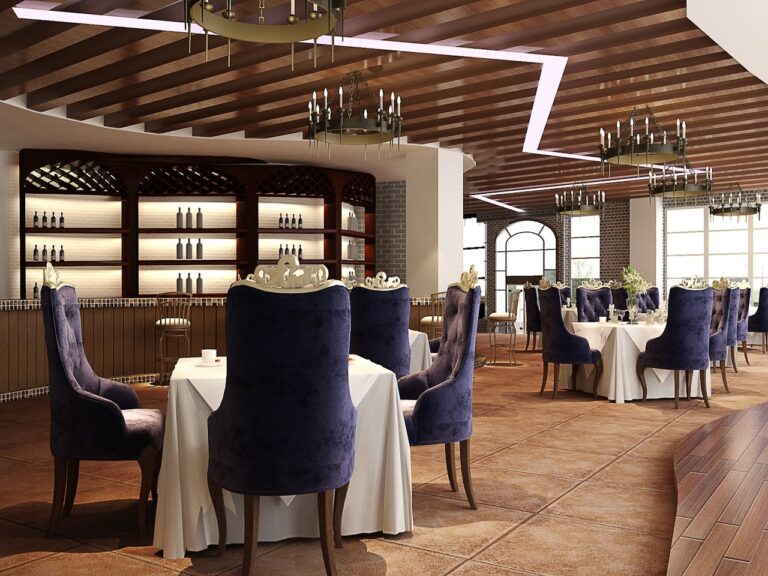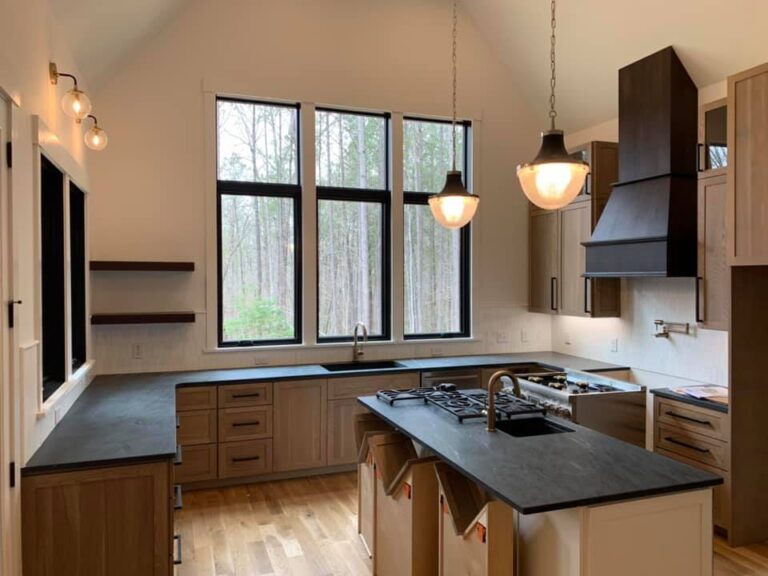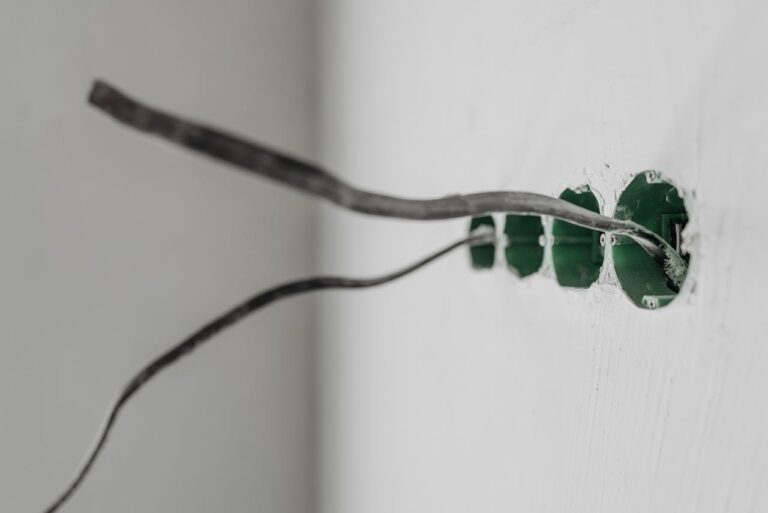It’s that time of year; we’re all cranking up our thermostats for the first time since the early Spring. The best kind of heating works seamlessly. Too often, though, forced air systems increase drafts and make loud noises. Baseboard heaters increase the amount of dust in the air, and old-fashioned radiators take up a lot of square footage. For these reasons – and many more – radiant floor heating systems are growing in popularity.
Old Technology Meets New Trends
While radiant floor heating may seem trendy, the technology dates back to 10,000 BC. Ancient Koreans developed a heated floor system called Ondol, meaning “warm stone.” Just like in the olden days, radiant heating works by heating objects instead of the air. Heat is supplied directly under the floor, warming the whole space. It’s similar to how you can feel the warmth of a hot stove from across the room, or the warmth of the sun on an otherwise chilly day.
Temperature swings are inevitable with standard forced-air heating systems. Air blows out and rises to the top of a room, shedding heat before dropping back down. This is why your head can be warm while your toes are freezing. With radiant floors, the warm air comes from below, ensuring that temperatures are consistent at every level.
How Radiant Floor Heating is Installed
Electric radiant floors are made up of conductive mats mounted on the subfloor underneath your flooring. There are different systems available for tile, hardwood, or engineered flooring. While this sounds complicated, the laying of radiant floors is actually quite straightforward. The system will need its own dedicated circuit connecting back to your thermostat, which is where an electrician comes into play.
If you’re considering investing in radiant floor heating, it’s worth exploring your options. If you’re eager to enjoy the convenience and luxury of an electric heated floor, contact our team at (919) 820-7627 or schedule your appointment online.






